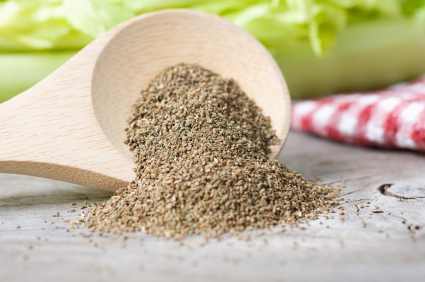by admin | May 20, 2013 | Diabetes, Health Conditions
What is Diabetes Mellitus? Diabetes mellitus is a chronic disorder of carbohydrate, fat, and protein metabolism characterized by fasting elevations of blood sugar (glucose) levels and a greatly increased risk of heart disease, stroke, kidney disease, retinopathy, and...

by admin | Mar 25, 2013 | Books, Diabetes
When I recently read the American Diabetes Association’s 2013 Standards of Medical Care for Type 2 Diabetes, I found many extremely alarming guidelines. Foremost is the complete over-reliance on the pharmaceutical management of diabetes and its complications,...
by admin | Dec 5, 2012 | Books, Diabetes, Health Conditions
When medical historians look back on the last 70 years of medicine, they will refer to it as the Dark Ages of drug therapy. There are numerous examples: non-steroidal anti-inflammatory drugs in the treatment of osteoarthritis, sedative hypnotic drugs for insomnia, and...

by admin | Jul 26, 2012 | Diabetes
Cinnamon is one of the oldest known spices. It was mentioned in the Bible and was used in ancient Egypt not only as a beverage flavoring and medicine, but also as an embalming agent. Cinnamon was so highly treasured that it was considered more precious than gold....

by admin | Mar 12, 2011 | Books, Diabetes, Natural Facts
Increased oxidative stress is a major risk factor for the chronic complications of diabetes. People with diabetes typically have elevated levels of free radicals and oxidative compounds. These highly reactive compounds bind to and destroy cellular compounds. They...





